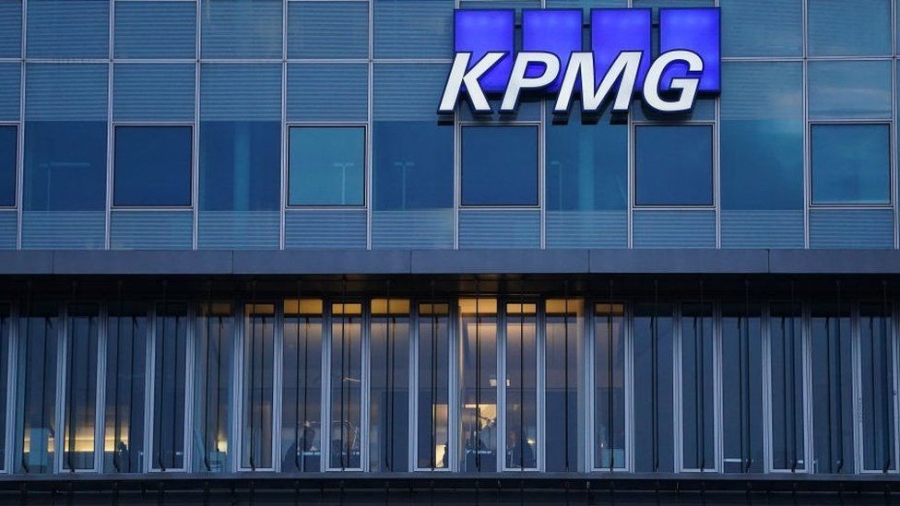With 70 percent of GDP now covered by a net-zero target (whether at a national, regional or country level), net-zero is becoming a reality for many companies. But turning commitments into action requires comprehensive planning and an appreciation of the impact of decarbonization upon a business. It’s important to set achievable ambitions backed by science, while remaining flexible enough to respond to constantly evolving ideas, technologies and regulations. In its report “Net-zero commitments: Where’s the plan?” KPMG proposes an eight-step robust, practical plan to disclose a path towards net-zero, reassuring investors, employees, government and other stakeholders — and making companies more resilient to disruption caused by climate change.
It is important to be fully transparent about decarbonization. Disclosing reliable, timely performance metrics to stakeholders — that include the challenges and uncertainties that are expected to arise — can really increase trust and credibility of a business. Given the urgency of fighting climate change, more and more companies are embracing net-zero and it is important that companies back up their net-zero commitments with public transparency through a detailed and achievable decarbonization plan with a clear roadmap and goalposts.
Tanate Kasemsarn
Head of ESG
KPMG in Thailand
The importance of a robust decarbonization plan
Most companies lack comprehensive plans for achieving their emission targets, partly due to the evolving nature of regulations, innovation and government direction. Without knowing which technology is likely to produce the greatest breakthrough, and with uncertainty over future government incentives and/or penalties, there is an inclination to adopt a ‘wait and see’ approach.
However, despite these concerns, decarbonization should still be treated like any other corporate strategy, with robust financial and operational plans and forecasts. Failure to do so can bring significant regulatory and business risks.
We have identified eight key elements that companies should consider when creating a decarbonization plan that can be publicly disclosed.
Eight steps for a decarbonization disclosure plan
- 1. Disclose your decarbonization governance: Net-zero is a critical issue and boards should have oversight of decarbonization. Top-down governance provides much-needed direction and senior oversight, while a bottom-up approach helps ensure that those charged with implementation validate the plan’s directions and feasibility. Incentives also play an important role, with companies linking progress to executive/board remuneration and wider staff key performance indicators (KPIs). Finally, overall approval of the plan, and annual progress in delivering on the strategy, could be subject to shareholders’ vote.
- 2. Be transparent about your emissions covered in your commitment: Greenhouse gas emissions are categorized into three groups or ‘scopes’ by the most widely used international accounting standard, the Greenhouse Gas (GHG) Protocol. Scope 1 is direct emissions, scope 2 is energy purchases, and scope 3 is all other indirect emissions in a company’s value chain, such as transportation and waste disposal. Scope 3 emissions are critical, as they often represent the majority of organizations’ carbon emissions. A detailed breakdown of targets shows the world that your organization has a serious plan for addressing climate change. And, by explaining why certain emissions are not included, companies can improve credibility. You should be clear about the emissions covered by your net-zero commitment, it should cover all material emissions and therefore a sizeable portion of your scope 3 emissions.
- 3. Disclose your full and intermediate net-zero targets: The target year for the net-zero commitment should not be later than 2050, to help ensure that plans incorporate existing or emerging technologies within predictable scenarios, avoiding uncertainty. An intermediate target date (say, 2030 or 2035) is less distant for investors and stakeholders and puts pressure on companies to act quickly.
- 4. Present a detailed, credible net-zero plan: Companies should present a comprehensive decarbonization strategy that encompasses the entire value chain and clarifies which emissions are covered. This includes disclosing the pillars of the plan; the level of maturity of the technologies in the plan; investment details; and techniques in your plan.
- 5. Describe how the plan is integrated into your corporate strategy: The plan should be a core business strategy, not just fitting into it. This means outlining how execution of the decarbonization plan is cascaded within the organization, incorporated into business planning and aligned with the overall strategy. In particular, companies should anticipate the future impact of carbon pricing by introducing an internal carbon price, as well as using other mechanisms to inform investment decisions.
- 6. Highlight the plan’s risks, challenges and uncertainties: Companies should describe the risks, challenges and uncertainties to achieve the net-zero plan. These risks, challenges and uncertainties include Fluctuating decarbonization costs; Political development; Countries’ future energy mix; Technological breakthrough; Availability of carbon removal techniques; Price of carbon offsets and carbon price; and Controversies over technologies.
- 7. Detail your plan’s impact: Companies should identify how the plan impacts their strategy in terms of business models, investments, and upstream and downstream value chain including products, business lines, R&D and operations. They may need to invest in new skills for employees, board and executives. The highest emissions-intensive supplies or products will probably have to be discontinued, with low emission ones accelerated using different pricing structures. Companies should also rethink logistics to help reduce transport distances and source locally where possible.
- 8. Review and report annual progress: Companies can disclose their plan and their progress in their annual report, financial filing and also on their website. As a decarbonization plan is expected to tackle many different aspects such as strategy, business models, investment, Capex availability, R&D, people and supply chain, disclosing the plan in a sustainability context (e.g. sustainability report) is not sufficient. This information is now relevant for investors to understand the financial implications of the plans as well as the risks if plans are not achieved.
Source: Website Newsroom


